January 18, 2023
Turning research dreams into reality
ISTA’s Scientific Service Units are helping scientists to open doors to new worlds.
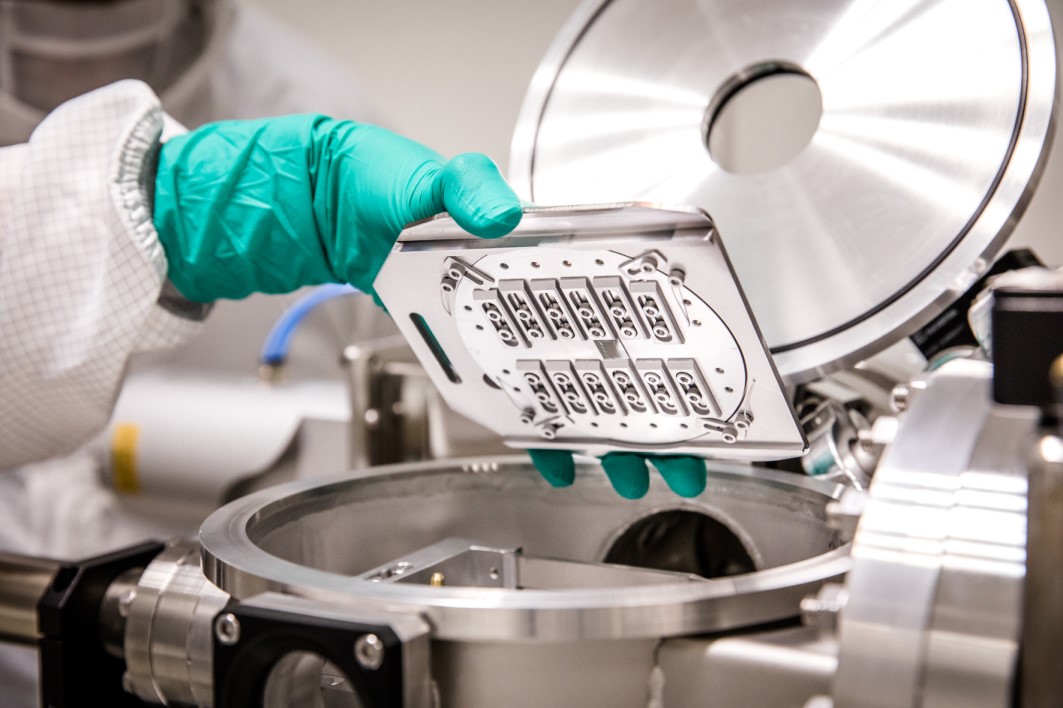
You’ve heard an electron microscope is what you need for your project, but which one, and how do you use it? Your experiments have yielded an enormous amount of data, but how do you analyze it efficiently? At the Institute of Science and Technology Austria (ISTA), the answers can be found with the Scientific Service Units (SSUs), which provide cutting-edge equipment and expert scientific support to all the Institute’s researchers.
Even the brightest minds need support when using new technologies and equipment. ISTA’s nine Scientific Services Units(SSUs) are each staffed by a team of experts that supports scientists with know-how, training, and customized research solutions. Among numerous other services, they develop viruses to deliver genetic material into cells, maintain more than 15,000 plant seedlings, provide access to more than 9,000 scientific journals, and enable researchers to see inside living things and novel materials. Associated with the SSUs, ISTA’s eight staff scientists work with campus researchers to find innovative solutions to scientific problems. Through their roles as advisors and active research partners, they have become indispensable at ISTA and have already helped numerous projects to success.
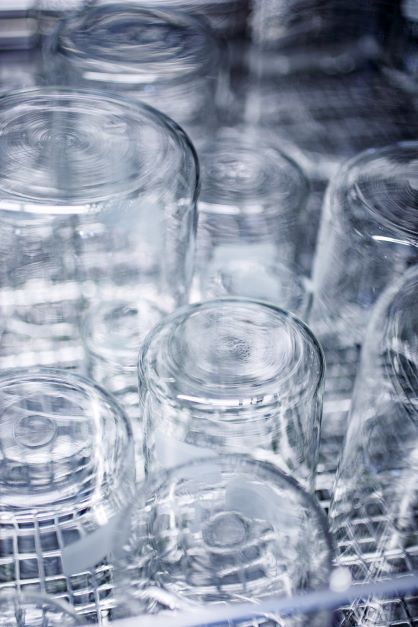
Research groups regularly join the campus community, eager to explore new scientific territory. To best support them, the SSUs are constantly adapting and expanding. For example, in the past year, three new cutting-edge instruments were installed in our Nuclear Magnetic Resonance (NMR) Facility, the Lab Support Facility expanded its fish and plant facilities, and the Nanofabrication Facility now owns a nano-3D printer for state-of-the-art fabrication on the micro- and nanoscale.
SSUs at ISTA
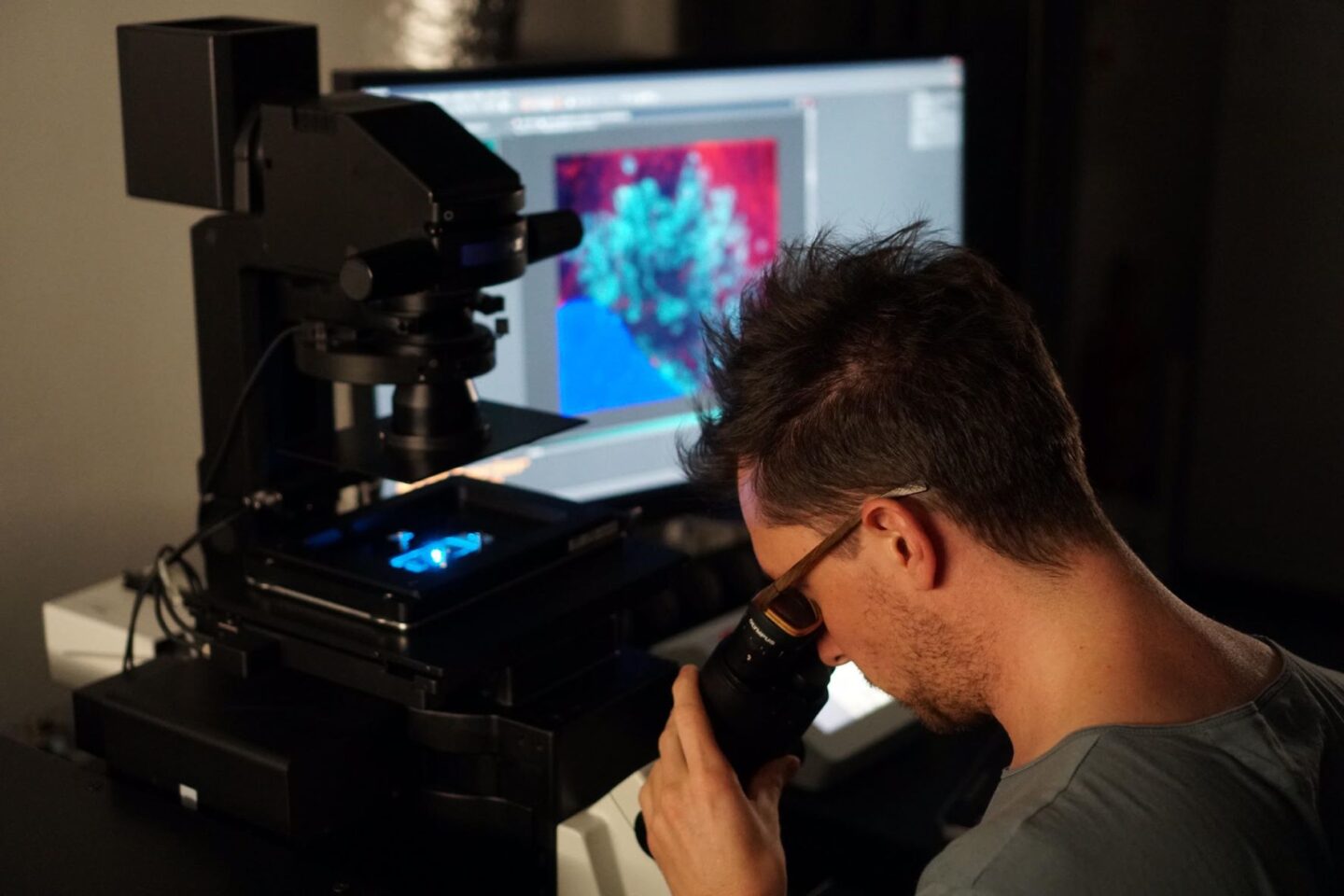
Collaboration key to new imaging method
The more complex the problem, the more important the cross-disciplinary collaboration of the various SSUs and groups on campus. Recently, such a collaboration even made it possible to precisely image brain tissue at the nanoscale. In their paper, the Danzl group collaborated with three other groups, researchers from Harvard, Edinburgh, and Berlin, and five different SSUs to develop a new optical-machine learning method for imaging living brain tissue. While the Danzl group specializes in optical imaging, other groups contributed expertise in machine learning (Bickel group; Pfister group, Harvard), modified viruses for live-labeling neurons (Jonas group), and brain organoids for imaging (Novarino group). The five SSUs took care of further essentials: the Imaging & Optics Facility provided image processing software and support; the Lab Support Facility produced specific media for tissue cultures and supported lab infrastructure; the Miba Machine Shop built specially designed imaging chambers; the Preclinical Facility bred and maintained the different genetic mouse lines; and Scientific Computing provided the high-performance computing (HPC) cluster for deep-learning tasks. “Without all these SSUs and all these groups coming together, we could not have pushed our idea to completion,” says first author and Danzl group postdoc Philipp Velicky. Assistant Professor Johann Danzl agrees: “If you take out the SSUs, you have no ISTA.”
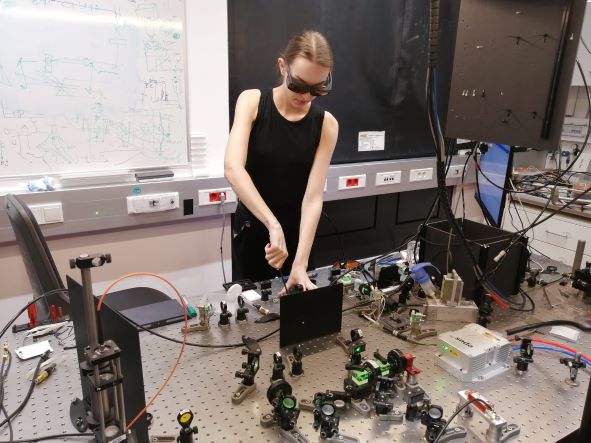
Charging forward with the Miba Machine Shop
Andrea Stöllner, a doctoral student in the groups of climate scientist Caroline Muller and physicist Scott Waitukaitis, is working to understand the charging behavior of individual aerosol particles. When the time came to design her equipment, she turned to the Institute’s Miba Machine Shop: “While most of the parts for my experimental setup can be bought off the shelf,” explains Stöllner, “sometimes one needs a bit of custom work.” The Miba Machine Shop worked with Stöllner to create the centerpiece of the setup—the experimental chamber. This chamber allows her to hold and study an aerosol particle while maintaining complete control over its surroundings, including temperature and pressure. Stöllner continues: “Thanks to the Miba Machine Shop, we could design this chamber precisely as we wanted and needed it.” In this case, it means precision control over the locations of air inlets and exhausts, materials, and final dimensions. Moreover, with the designers of the setup’s humidity control systems and feedback electronics on campus, troubleshooting and fine-tuning the equipment can be completed quickly and efficiently.
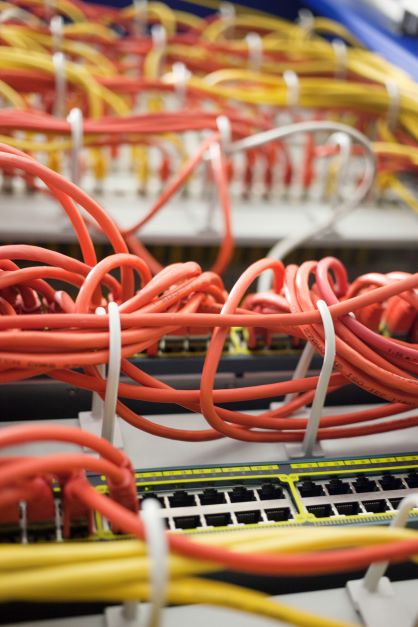
Computing cluster enables modeling approach
Scientific Computing is one of the most widely used SSUs on campus; with its high-performance computing (HPC) cluster, custom hardware solutions, software development, and other services, it is essential for work in fields from computer science to biology. In particular, a modeling-based approach to certain research questions would be impossible without the HPC. The Šarić group is one lab making use of it to develop computer simulations to further their research in cell membranes. Felix Frey, a new NOMIS postdoctoral fellow in the Šarić and Loose groups, employs these simulations in his studies of organisms with a unique monolayer cell membrane: “ISTA has the right resources for my interdisciplinary work. The powerful computer cluster we use is essential for simulating membrane dynamics, as this work requires high levels of computation,” says Frey. “I have already had scientifically inspiring encounters in my first few months at ISTA.”
Whether doctoral student, postdoc, or professor, new scientists come to ISTA to answer the questions that have set their curiosity afire. ISTA’s SSUs are here to help make those research dreams a reality—and in so doing, push forward science and technology as well as expand the capabilities of the Institute’s services.



